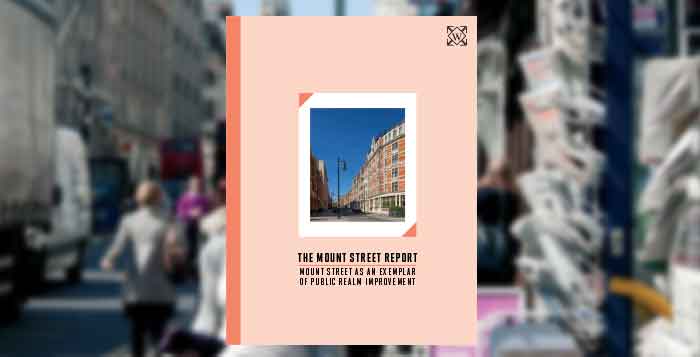A new report commissioned by England’s greatest real estate expert Peter Wetherell explains how Mount Street in Mayfair has been regenerated as a retail destination.
The rents paid today are quite staggering: Lowe pays £175,000 a year for 3,320sq ft, for example. But the rules can be applied anywhere.
The most important thing is that landlords and retailers and public authorities need to work together. Wetherell recalls that he founded the Mount Street Association at the request of the Duke of Westminster after the duke had “walked from the old estate office in Davies Street to dine at Harry’s in South Audley Street and had counted 19 empty shops”.
Mount Street connects Berkeley Square with Hyde Park and you may think such a location guarantees success. But it does not. It used to be a “street you cut through” to get from A to B.
The triggers behind its transformation were the arrival of an anchor retail tenant in the shape of US fashion designer Marc Jacobs in 2006 and investment in public realm infrastructure shortly afterwards. Now the street is a destination in its own right.
Wetherell’s report identifies 18 key ingredients required for a luxury destination under three headlines:
- Quality real estate
- Good tenant mix/mix of uses
- High profile
Real estate quality is determined by: ultra-prime locations, attractive well maintained architecture, high- quality shop facades, high-quality public realm (public artwork, street furniture, fountains, planting), wide boulevards, and easy access to public transport (key for attracting tourists).
The tenant mix requires: a clear strategic plan by the landlord and/or local authority, well managed and maintained buildings, good brand names that people choose to visit, businesses strong enough to see off competition, good residential and leisure properties nearby, and addresses that top brands will covet.
High profile is determined by: good footfall, being recommended for visits by tourist guides, marketing and events used to keep the thoroughfares in public consciousness, good sign-posting and being on maps, listings in key guides, and a strong tenants association that fosters a sense of allegiance and that organises promotional events and activities.
Robert Duffy, the co-founder of Marc Jacobs, says: “Regarding our choice of Mount Street over Bond Street, this area has charm and appeal. There’s a garden around the corner. I like having a garden nearby. The retail spaces here are also beautiful, deep and interesting. I had been eyeing up the space for five years, since before we opened the main line store in Mount Street in 2007. I was just waiting for the guy who owns it to say yes.”
Not every retailer will be targeting a Mount Street location where in 20 years average rents have risen from £16,000 to £150,000. But the 18-point check list is a useful starting place for thinking about the potential of your area. And so is the attitude of Duffy to why his local area works for his store.
A quick walk around Brick Lane to the East of the City of London shows how many of the action points above have been used by retailers with an altogether different proposition to make their shopping area a destination.



Comments
This article doesn't have any comments yet, be the first!